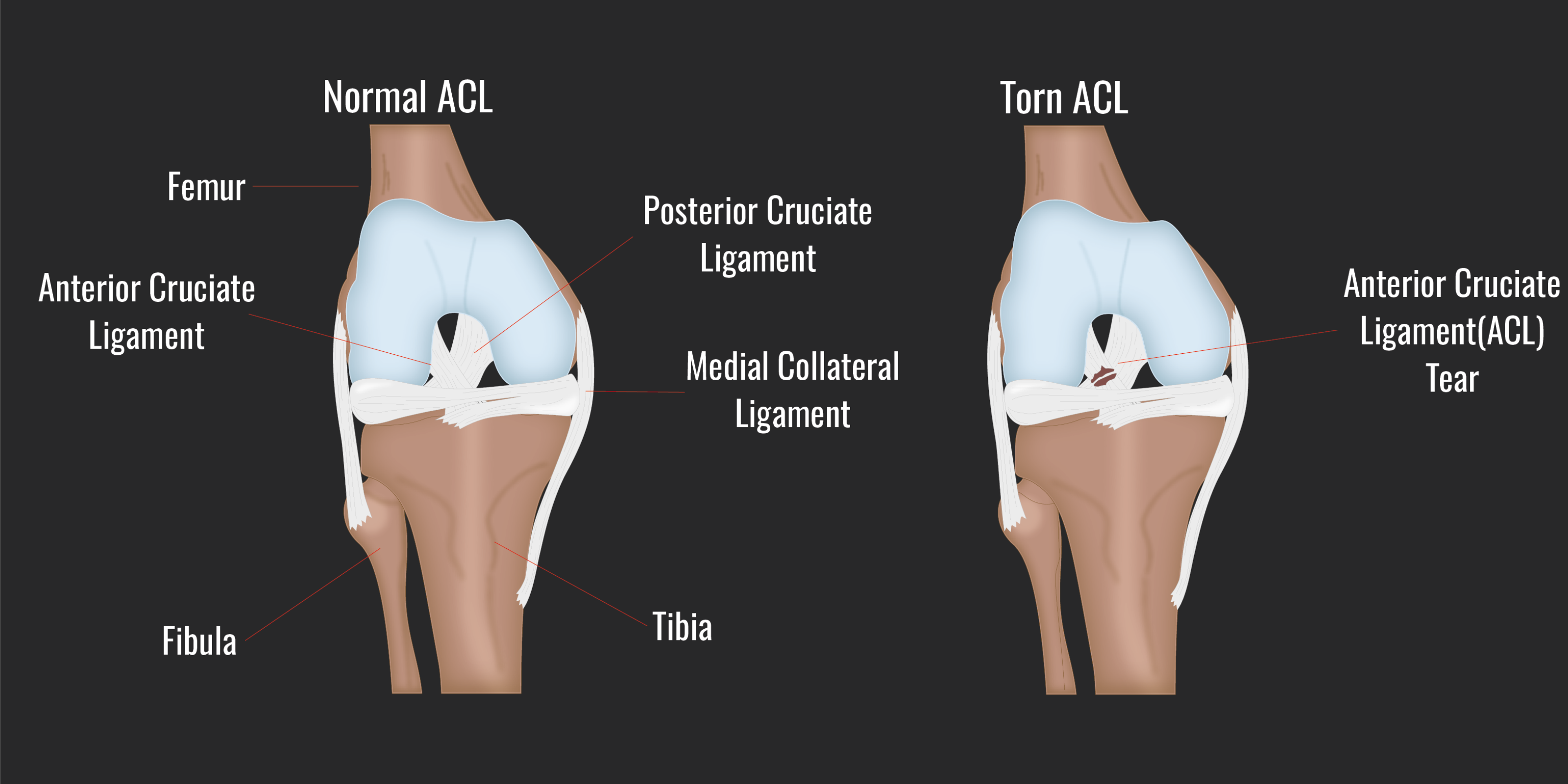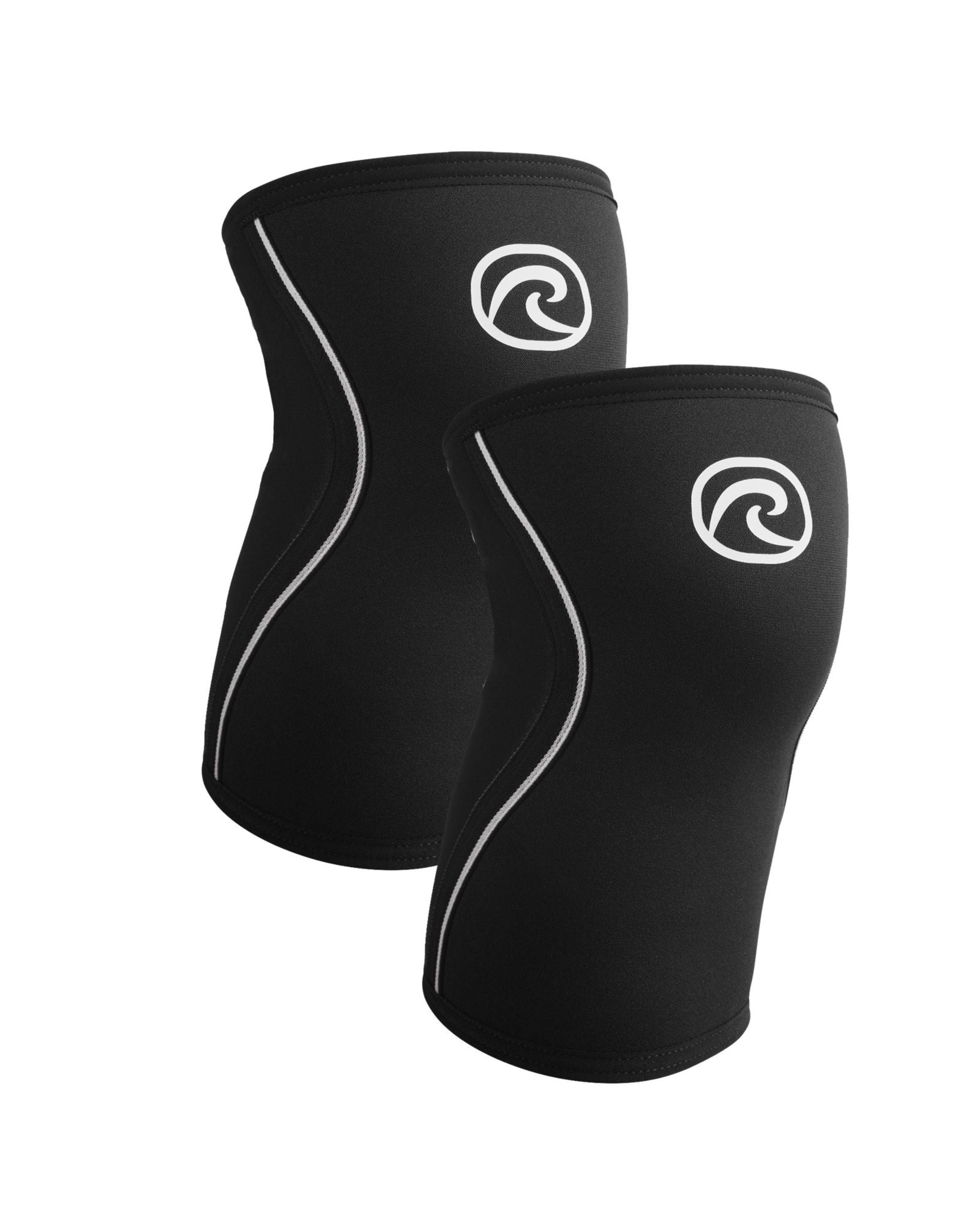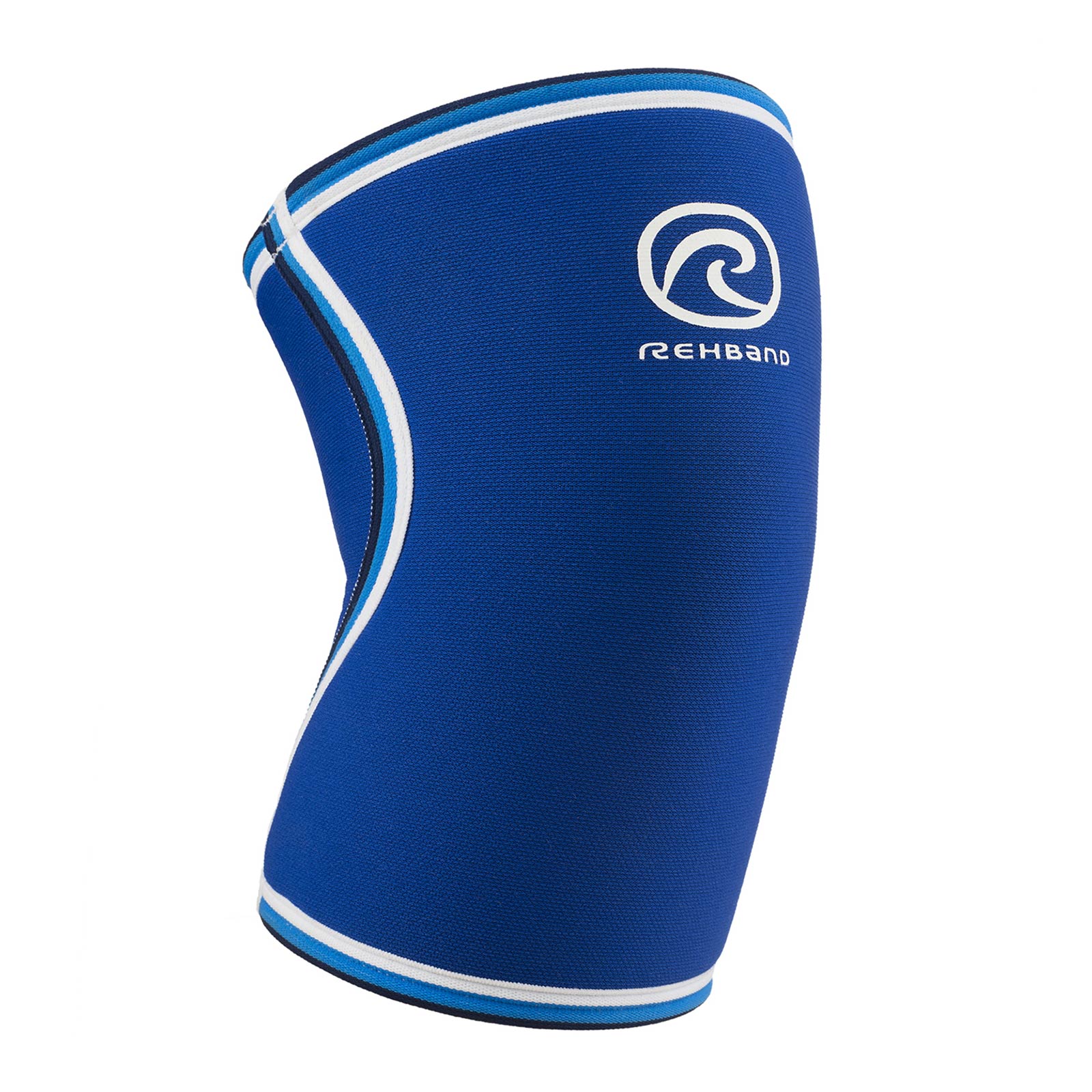ACL-Verletzungen
Verletzungen des vorderen Kreuzbandes (ACL) gehören zu den häufigsten und schwerwiegendsten Knieverletzungen, insbesondere bei Sportarten, die mit plötzlichen Stopps, Drehungen oder Richtungswechseln verbunden sind. Das vordere Kreuzband ist ein wichtiges Band in der Mitte des Knies, das für die Stabilisierung des Gelenks verantwortlich ist, indem es das Schienbein (Tibia) daran hindert, im Verhältnis zum Oberschenkelknochen (Femur) nach vorne zu rutschen. Das ACL widersteht in erster Linie anterioren Translations- und Rotationskräften und stabilisiert das Kniegelenk. Ein Riss oder eine Ruptur des VKB kann die Fähigkeit eines Sportlers, weiter Sport zu treiben, erheblich beeinträchtigen.
VKB-Verletzungen treten besonders häufig bei Sportarten wie Fußball, Basketball, Handball, Floorball und Skifahren auf, wo schnelle Drehungen, Sprünge und Landungen in ungünstigen Positionen das Knie belasten. Diese Sportarten beinhalten schnelle Bewegungen mit häufigem Schneiden, Drehen oder Abbremsen, was das Risiko von Verletzungen des vorderen Kreuzbandes ohne Kontakt erhöht. Diese Verletzungen werden meist durch berührungslose Mechanismen verursacht, z. B. durch plötzliche Richtungswechsel, zu schnelles Abbremsen oder Landen mit gestrecktem Knie oder in Valgusstellung (nach innen) nach einem Sprung. Zwar kann auch ein direkter Aufprall bei einem Zusammenstoß zu einem Riss des vorderen Kreuzbandes führen, doch ist dies seltener der Fall.
Wussten Sie schon? Frauen haben aufgrund biomechanischer und anatomischer Unterschiede ein höheres Risiko für Verletzungen des vorderen Kreuzbandes ohne Kontakt mit dem Körper.
Frühzeitige Diagnose von ACL-Verletzungen
Bei Sportlern, die eine VKB-Verletzung erleiden, kann es zum Zeitpunkt des Risses zu einem lauten „Knall“ kommen, gefolgt von einer sofortigen Schwellung, Instabilität und Schwierigkeiten, das betroffene Bein zu belasten. Die frühzeitige Diagnose einer VKB-Verletzung ist entscheidend, damit ein geeigneter Behandlungsplan erstellt werden kann. Mediziner verwenden in der Regel körperliche Untersuchungen wie den Lachman-Test, den Pivot-Shift-Test oder MRT-Scans, um die Diagnose zu bestätigen. Die MRT hilft auch bei der Beurteilung von Begleitverletzungen (wie Meniskusrissen oder Knochenprellungen), die bei ACL-Verletzungen häufig auftreten.
Die Behandlungsmöglichkeiten hängen von der Schwere der Verletzung und dem Aktivitätsniveau des Betroffenen ab. In den meisten Fällen ist ein chirurgischer Eingriff erforderlich, um das gerissene Band zu rekonstruieren, insbesondere für diejenigen, die wieder Sportarten ausüben wollen, bei denen man sich drehen muss. Nach der Operation sind Rehabilitation und Physiotherapie wichtig, um Kraft, Beweglichkeit und Stabilität des Kniegelenks wiederherzustellen. Der Rehabilitationsprozess kann 6-12 Monate dauern. Bei Personen mit einem weniger aktiven Lebensstil oder kleineren Rissen können nicht-operative Behandlungen wie Gipsverbände und Physiotherapie ausreichen.
Ohne eine angemessene Behandlung kann ein Kreuzbandriss zu langfristigen Problemen wie chronischer Instabilität, Knorpelschäden und früh einsetzender Arthritis führen, weshalb es wichtig ist, die Verletzung umgehend zu behandeln.













